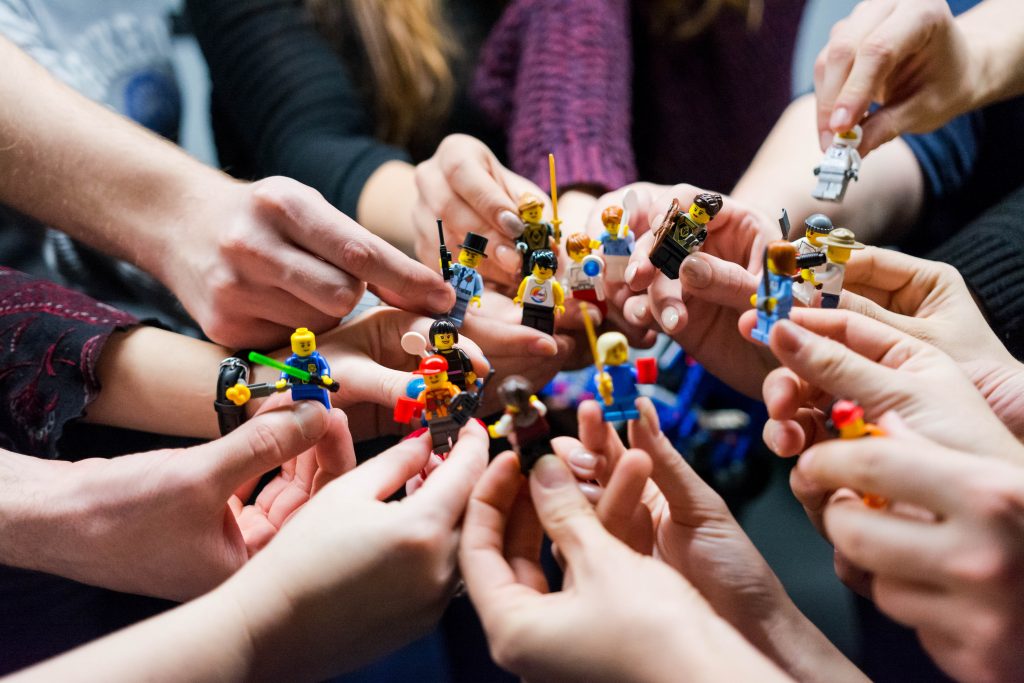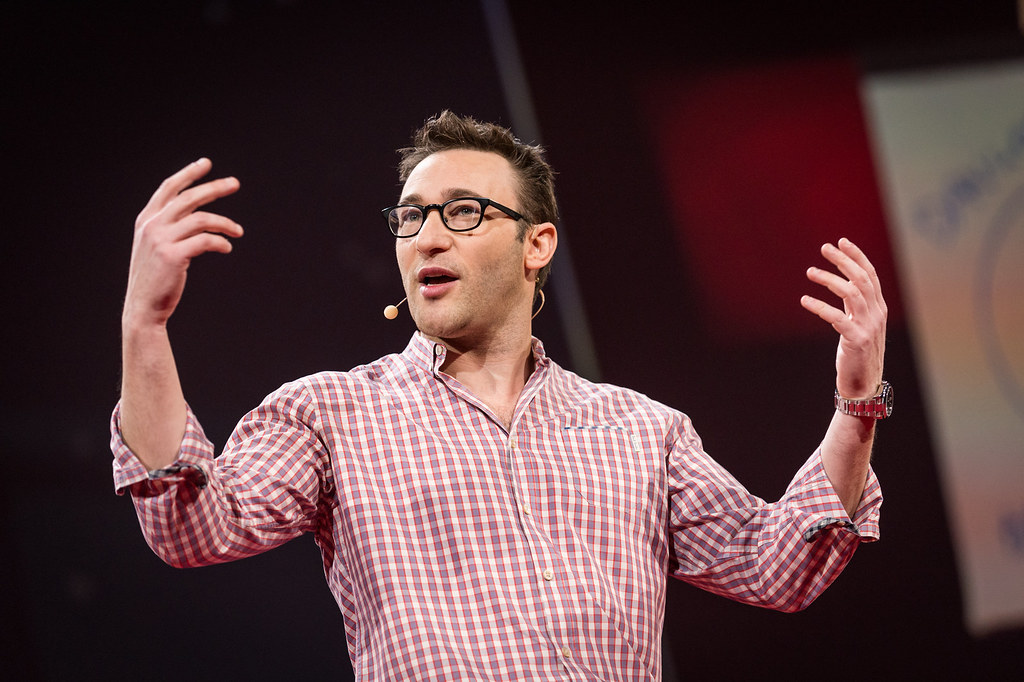Faced with the climate crisis and the accelerating digital shift, companies need not one, two or three creative employees, but a whole army to overcome today’s challenges. Not an easy task, given that every company still has its share of rational, Cartesian and sometimes rigid employees. Good news: American researchers have discovered how to unleash creativity in “conventional” minds. Yes, yes, you read that right!
The key is emotions. Or rather, the strategy used to regulate them.
Last January, researchers at Washington State University demonstrated in an article in the journal Organizational Behavior and Human Decision Processes that they had succeeded in igniting the spark of creativity in people inclined to “conventional thinking”. This was achieved by conducting a simple experiment.
The research team asked 400 participants – divided into four groups – to watch an emotionally charged video. The first group was given no instructions, the second was asked to “maintain a neutral facial expression”, the third to “think about something else” and the last to reinterpret the scene from the “emotional” point of view of each protagonist.
It was this latter strategy, known as “cognitive appraisal”, that researcher Lily Yuxuan Zhu and her team wanted to test. Specifically, participants in this group were asked to explain – in writing – how each speaker in the scene might have felt, from his or her personal perspective.
The experiment showed that individuals with low openness who used the cognitive appraisal technique to regulate their emotions were more creative [in a subsequent test of creativity] than those who used other strategies to regulate their emotions or who used no strategy at all.”
In other words, the simple empathy exercise of “putting yourself in someone else’s shoes” managed to soften the “open-minded” trait in the most obtuse of the participant group. Interesting, isn’t it?
What is cognitive evaluation?
Let’s take a step back to better understand what it’s all about. Basically, cognitive reappraisal is a technique theorized by researchers Magda Arnold and Richard Lazarus.
These authors used the term appraisal to describe the process by which an individual evaluates a situation in order to determine, among other things, the importance of this situation for his or her well-being, as well as his or her ability to cope with the consequences of this situation”, explains the Universalis website.
These researchers wanted to establish a link between the emotions we experience and the way we cognitively encode them in our brains.
The approach proposed by Lazarus and Smith was to analyze the main themes that link the interpretation of situations to emotions; for example, if an individual interprets a situation as “a degrading offense against oneself or one’s loved ones”, this typically triggers anger; if a situation is interpreted as “an irrevocable loss”, this triggers sadness; if the individual considers that he or she is “making progress towards achieving a goal”, this triggers joy.”
Back to the researchers at Washington State University. They hypothesized that the practice of cognitive evaluation was positively associated with creativity. And the experiments they conducted proved them right.
Our three experiments support our theory by demonstrating that cognitive appraisal improves cognitive flexibility and increases creativity in individuals with low openness to new experiences, independently of the effects of emotions on creativity. Consequently, cognitive appraisal is an effective tool for fostering creativity in conventional thinkers. And more broadly, the results indicate that emotion regulation processes have a cascading effect on behavior, beyond their effects on emotions.”
All that’s left is to imagine yourself, for a few minutes a day, in the shoes of your fellow man… And that’s it!




